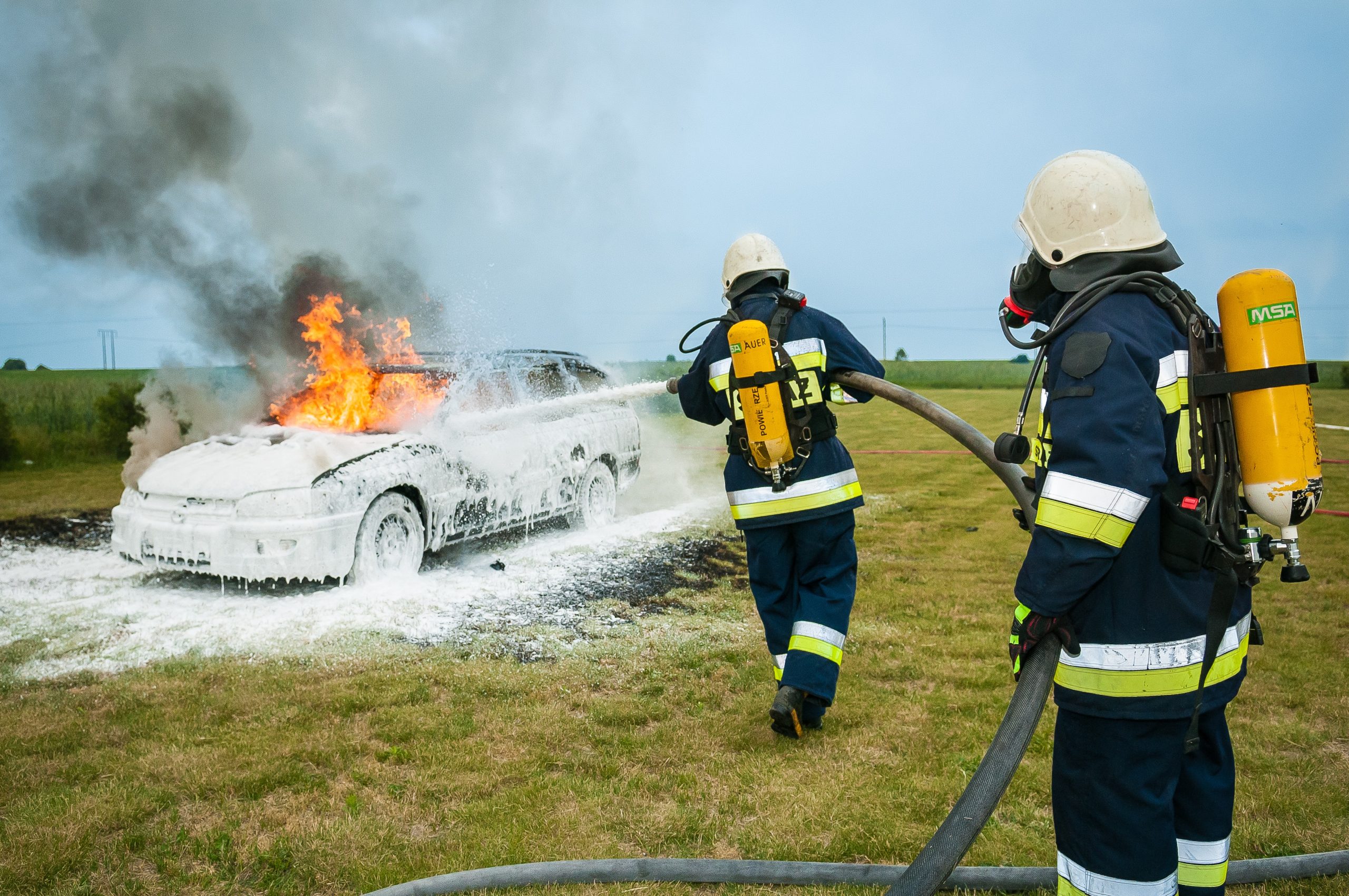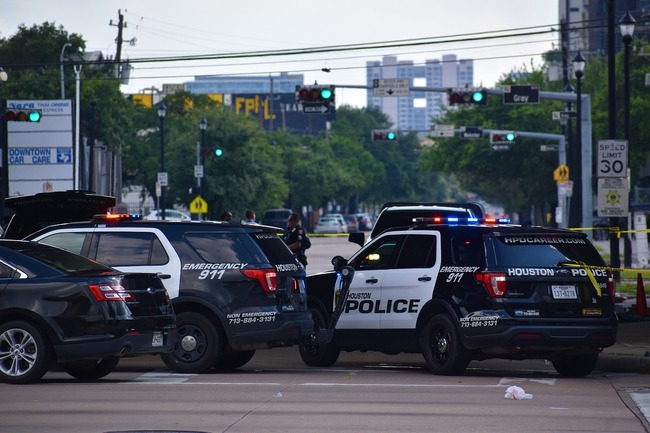In an increasingly interconnected world, the diversity of driving laws around the globe presents both challenges and opportunities for drivers. Whether you’re a local or an international traveler, understanding the unique regulations in each country is crucial. This article takes you on a tour of driving laws worldwide and provides guidance on how to get your driving license back after a DUI.
Driving Laws Across the Globe
Driving laws are as varied as the cultures and landscapes they govern. Here’s a glimpse of some key driving regulations from different parts of the world:
- Speed Limits: Speed limits can differ significantly from one country to another. For instance, Germany is famous for its stretches of unrestricted autobahn, while many European nations enforce strict speed limits. In contrast, urban areas in the United States may have speed limits as low as 25 miles per hour (40 km/h).
- Seat Belt Regulations: Seat belt laws also vary. In Australia, failing to wear a seat belt is a serious offense, with hefty fines and demerit points. Meanwhile, India requires only front-seat occupants to buckle up.
- Cellphone Use: Using mobile phones while driving is a contentious issue globally. Laws range from strict bans, as in the UK, where the use of handheld devices is illegal, to more lenient regulations allowing hands-free calling.
- DUI Laws: Driving under the influence (DUI) of alcohol or drugs is universally frowned upon. However, the acceptable blood alcohol concentration (BAC) limits vary widely. Sweden and Norway, for example, have exceptionally low BAC limits at 0.02%, while the United States sets its limit at 0.08%. In Japan, there’s a zero-tolerance policy for alcohol while driving.
- Roadside Testing: Many countries conduct roadside sobriety tests and breathalyzer tests to check for impaired driving. In Australia, random breath tests are routine, and refusal to take the test can lead to penalties.
How to Get Your Driving License Back After a DUI
Driving under the influence (DUI) is a serious offense in many countries, including the United States and Canada. If you’ve lost your driver’s license due to a DUI conviction, here’s how to navigate the path to license reinstatement:
- Serve Your Suspension: The first step is to serve the mandatory suspension period as ordered by the court. The duration of the suspension can vary depending on factors such as the severity of the offense and whether it’s a first-time or repeat DUI conviction.
- Complete Required Programs: In both the United States and Canada, individuals convicted of DUI offenses often must complete mandatory alcohol education or treatment programs as part of their rehabilitation. Successful completion of these programs is typically a prerequisite for license reinstatement.
- Pay Fines and Fees: Be prepared to settle any fines, administrative fees, or surcharges related to your DUI conviction. These financial obligations must be cleared before you can initiate the reinstatement process.
- Apply for License Reinstatement: After fulfilling all necessary requirements, you can apply for the reinstatement of your driver’s license. The specific steps and procedures may vary by jurisdiction, so it’s essential to consult with your local licensing authority or legal counsel for precise guidance.
- Ignition Interlock Device (IID): In some areas, individuals with a DUI conviction may be required to install an ignition interlock device (IID) in their vehicle. The IID prevents the vehicle from starting if alcohol is detected on the driver’s breath, providing an added layer of safety and accountability.
Conclusion
Driving laws worldwide reflect the unique priorities and concerns of each nation, shaping the way we navigate the roads. Understanding these laws is vital for both residents and international travelers to ensure safe and legal driving practices. If you find yourself facing the process of regaining your driving license after a DUI, it’s crucial to follow the prescribed steps and meet the requirements to get back on the road responsibly and within the bounds of the law.







